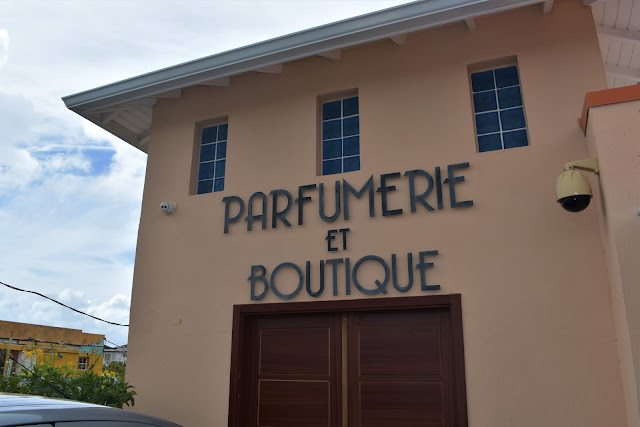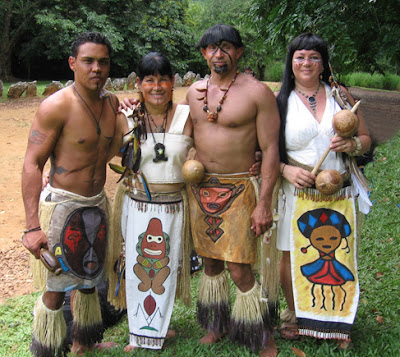Passion Fruit and Passion Flowers


I have always loved everything and anything tropical. Although I grew up in the arctic climate of Chicago, I never enjoyed any of the classic Midwestern bounty. Apples? I don't think so. Peaches"? Please. Mulberries? Try again. I only eat pineapple, papaya, coconut and my all time favorite, passion fruit. I drink passion fruit juice like most people sip lattes and passion flower tea crowds my cabinet next to the chai. Imagine my wonder when I kept noticing this lush bush of little green fruit. I asked my South Carolina friends what the fruit was but they could only guess. Lime? Unripe lemons? I knew better but I couldn't quite figure out why. Finally, our Bajan guide handed one to me. As soon as it hit my hand, I knew. Passion fruit! All those years of gobbling it in dozens of forms, I had never seen the actual fruit. I felt like I had rejoined a long-lost part of myself.
These bushes line the path going up to St. Nicholas Abbey in Northern Barbados. Although the passion fruit won most of my attention, St. Nicholas is actually quite notable. It's a four story plantation house that stands as one of the last authentic 17th century houses of the new world. Built in 1658 of limestone and brick, it's one of only three existing Jacobean houses in the Western Hemisphere. Another one, Drax Hall is also in Barbados and the other is Bacon's Castle in Virginia. St. Nicholas was never an abbey, it's thought to be named after St. Nicholas parish near Bristol and the nearby Bath Abbey where the British owners used to live. The original owner, Benjamin Berringer and his wife Margaret are famous for reasons other than St. Nicholas Abbey. It seems that Margaret had an affair with their neighbor John Yeamans. Berringer challenged Yeamans to a duel and wound up dead, either from a bullet or poison, depending on which story is being told. Yeamans married Margaret and took over the plantation. The courts eventually returned the estate to the Berringer children and Yeamans and Margaret left Barbados to help settle South Carolina, where he became govenor in 1672. Margaret married a third time after Yeamans died. It makes me think that maybe there is something to all those passion fruits lining the estate...




Comments
They gave passion fruit the most suitable name, didn't they? It does wonderful things for almost any fruit drink. And that amazing smell makes your mouth water before you even taste it. The bright yellow-orange colour adds even more appeal. Got to have that passion!